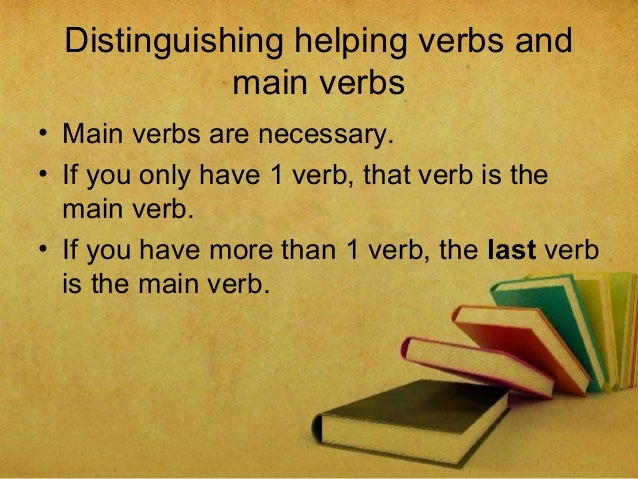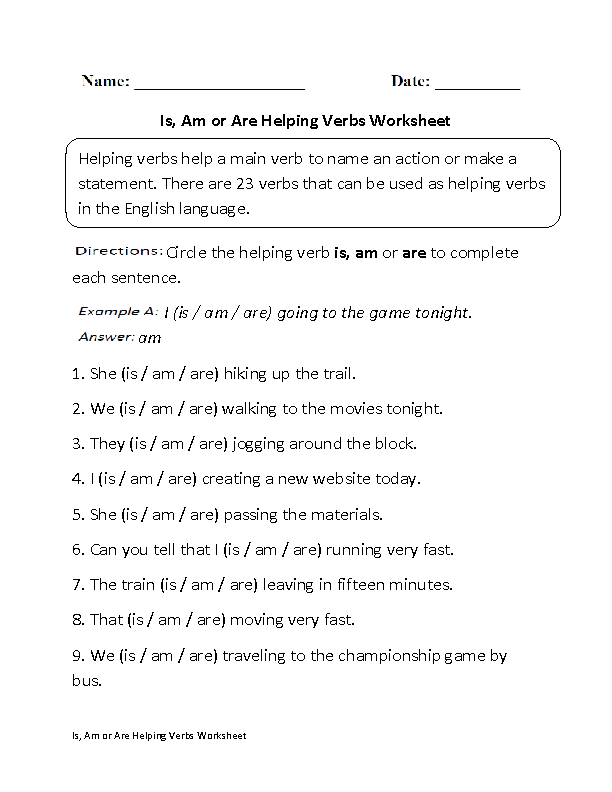


A full list of helping verbs can be found here. The following table provides a short list of some verbs that can function as helping verbs, along with examples of the way they function.
Has is a helping verb used in expressing the tense of given.  The helping verb are indicates the present tense, and adds a sense of continuity to the verb finding. Researchers are finding that propranolol is effective in the treatment of heartbeat irregularities. Do is a helping verb accompanying the main verb want, used here to form a question. While received could function on its own as a complete thought here, the helping verb had emphasizes the distance in time of the date in the opening phrase. Take a look at the sentence “I have finished my dinner.” Here, the main verb is finish, and the helping verb have helps to express tense. Let’s look at some more examples to examine exactly what these verbs do. What ever happens, do not let the water level drop below this line.Īs you just saw, helping verbs are usually pretty short, and they include things like is, had, and do (we’ll look at a more complete list later). Kai had checked the weather three times already, but he looked one more time to see if the forecast had changed. They provide support and add additional meaning. Here are some examples of helping verbs in sentences: Helping verbs (sometimes called auxiliary verbs) are, as the name suggests, verbs that help another verb.
The helping verb are indicates the present tense, and adds a sense of continuity to the verb finding. Researchers are finding that propranolol is effective in the treatment of heartbeat irregularities. Do is a helping verb accompanying the main verb want, used here to form a question. While received could function on its own as a complete thought here, the helping verb had emphasizes the distance in time of the date in the opening phrase. Take a look at the sentence “I have finished my dinner.” Here, the main verb is finish, and the helping verb have helps to express tense. Let’s look at some more examples to examine exactly what these verbs do. What ever happens, do not let the water level drop below this line.Īs you just saw, helping verbs are usually pretty short, and they include things like is, had, and do (we’ll look at a more complete list later). Kai had checked the weather three times already, but he looked one more time to see if the forecast had changed. They provide support and add additional meaning. Here are some examples of helping verbs in sentences: Helping verbs (sometimes called auxiliary verbs) are, as the name suggests, verbs that help another verb.










